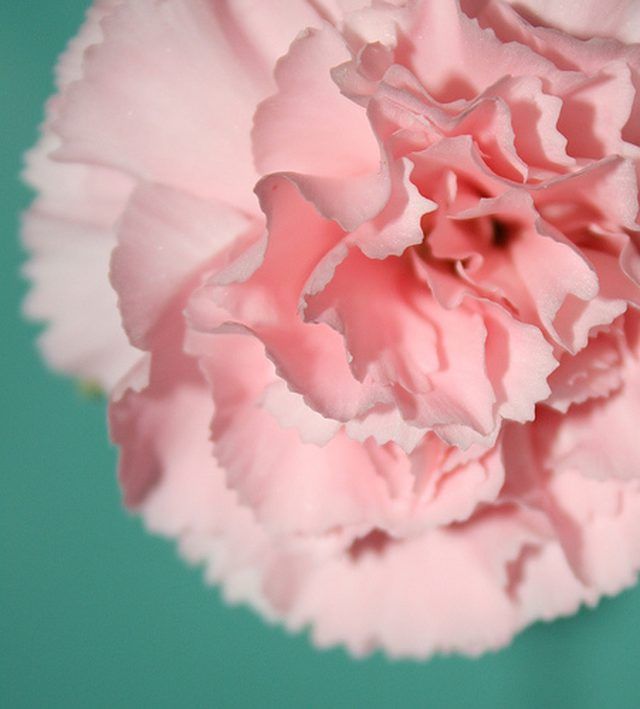Bulbs
Flower Basics
Flower Beds & Specialty Gardens
Flower Garden
Garden Furniture
Garden Gnomes
Garden Seeds
Garden Sheds
Garden Statues
Garden Tools & Supplies
Gardening Basics
Green & Organic
Groundcovers & Vines
Growing Annuals
Growing Basil
Growing Beans
Growing Berries
Growing Blueberries
Growing Cactus
Growing Corn
Growing Cotton
Growing Edibles
Growing Flowers
Growing Garlic
Growing Grapes
Growing Grass
Growing Herbs
Growing Jasmine
Growing Mint
Growing Mushrooms
Orchids
Growing Peanuts
Growing Perennials
Growing Plants
Growing Rosemary
Growing Roses
Growing Strawberries
Growing Sunflowers
Growing Thyme
Growing Tomatoes
Growing Tulips
Growing Vegetables
Herb Basics
Herb Garden
Indoor Growing
Landscaping Basics
Landscaping Patios
Landscaping Plants
Landscaping Shrubs
Landscaping Trees
Landscaping Walks & Pathways
Lawn Basics
Lawn Maintenance
Lawn Mowers
Lawn Ornaments
Lawn Planting
Lawn Tools
Outdoor Growing
Overall Landscape Planning
Pests, Weeds & Problems
Plant Basics
Rock Garden
Rose Garden
Shrubs
Soil
Specialty Gardens
Trees
Vegetable Garden
Yard Maintenance
Parts of a Carnation Flower
Parts of a Carnation Flower. Carnations come in a variety of colors, including red, green, purple, white and yellow. Due to their popularity, these flowers have come to represent love, distinction, admiration, purity and luck. The parts of the carnation are easy to understand.
Carnations come in a variety of colors, including red, green, purple, white and yellow. Due to their popularity, these flowers have come to represent love, distinction, admiration, purity and luck. The parts of the carnation are easy to understand.

Sepal and Calyx
Sepals are the outer leaves surrounding the base of the flower. The sepals make up the calyx of the carnation flower.
Petals and Corolla
The carnation's soft and thin petals make up the corolla, commonly known as the blossom of the flower.
Stamen
The stamen contains the pollen necessary for carnation reproduction. It is considered to be the male part of the blossom.
Carpel
The carpel, located in the blossom, contains the female parts of the flower: ovary, ovules and gametes.
Pollination
Pollinating insects must spread pollen between the stamen and carpel for the carnation to create seeds in its flower.